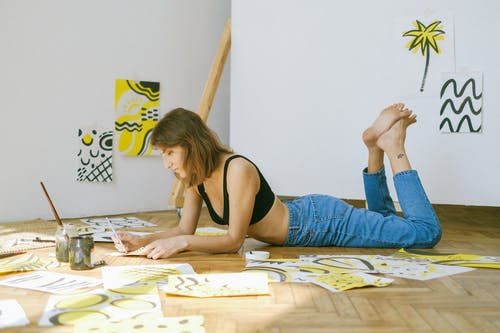According to the American Art Therapy Association, art therapy is a kind of therapy that integrates mental health and human services by using “active art-making, creative process, and human experience.”
On the other hand, addiction is a menace that has eaten deep into our society and a large percentage is now addicted to one thing or the other which has so many negative effects attached to it.
The use of art therapy for addiction treatment dates back to the 1950s; today, it can be used to provide emotional release, self-expression, stress management, and recovery adjustment.
The Journal of Addictions Nursing states that art therapy can contribute to the recovery process in the following ways:
- Lessening the shame of addiction.
- Providing a safe outlet for painful emotions.
- Decreasing the client’s denial of addiction.
- Increasing the client’s motivation to change.
Art therapy is a part of a comprehensive treatment program that includes individual therapy, group therapy, family therapy, 12-step meetings, and other essential services. By providing a break from direct intensive work of talk therapy, art therapy allows the subconscious to express itself creatively.

In the recovery process, language often falls short of conveying the emotions that are uncovered. Therefore, art therapy emphasizes the role of creativity as a form of non-verbal communication.
Through art therapy, clients have the opportunity to describe and express their feelings in a way that is different from a traditional talking therapy.
Clients who are further along in the program may use art to depict the process of change that occurs in recovery.
The images and feelings that are expressed may change as they go through the program. After conveying their feelings of guilt or shame, a person may feel compelled to mention appreciation for having been freed from addiction.